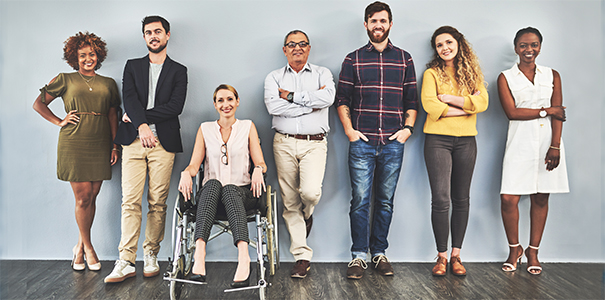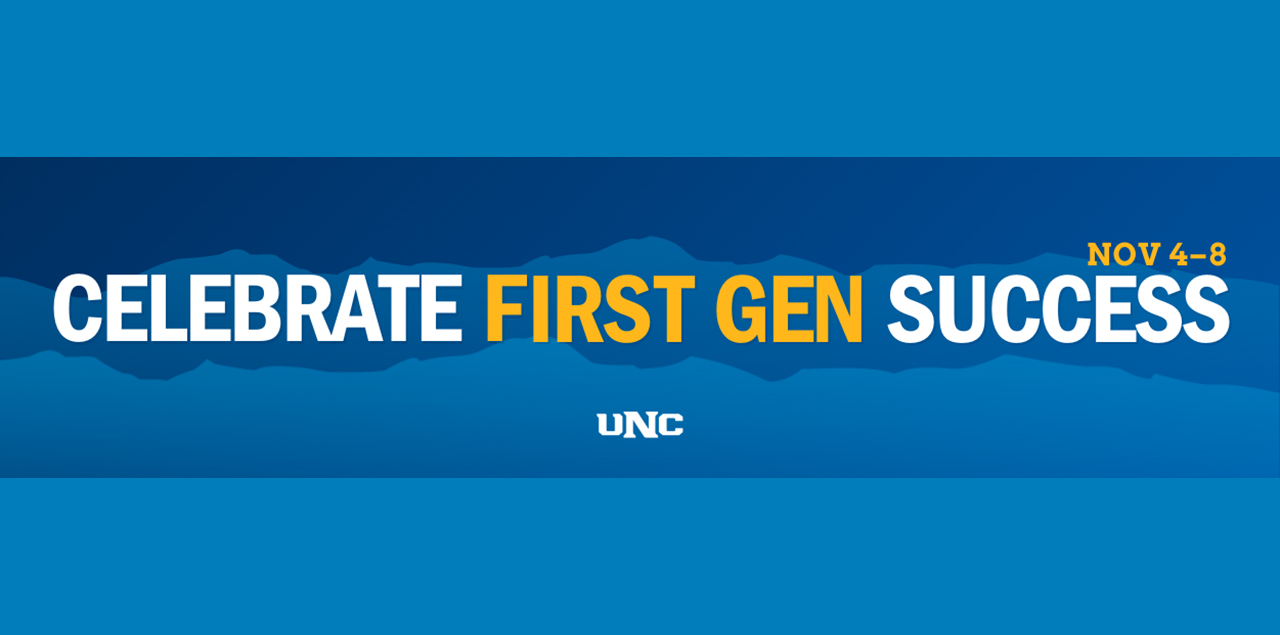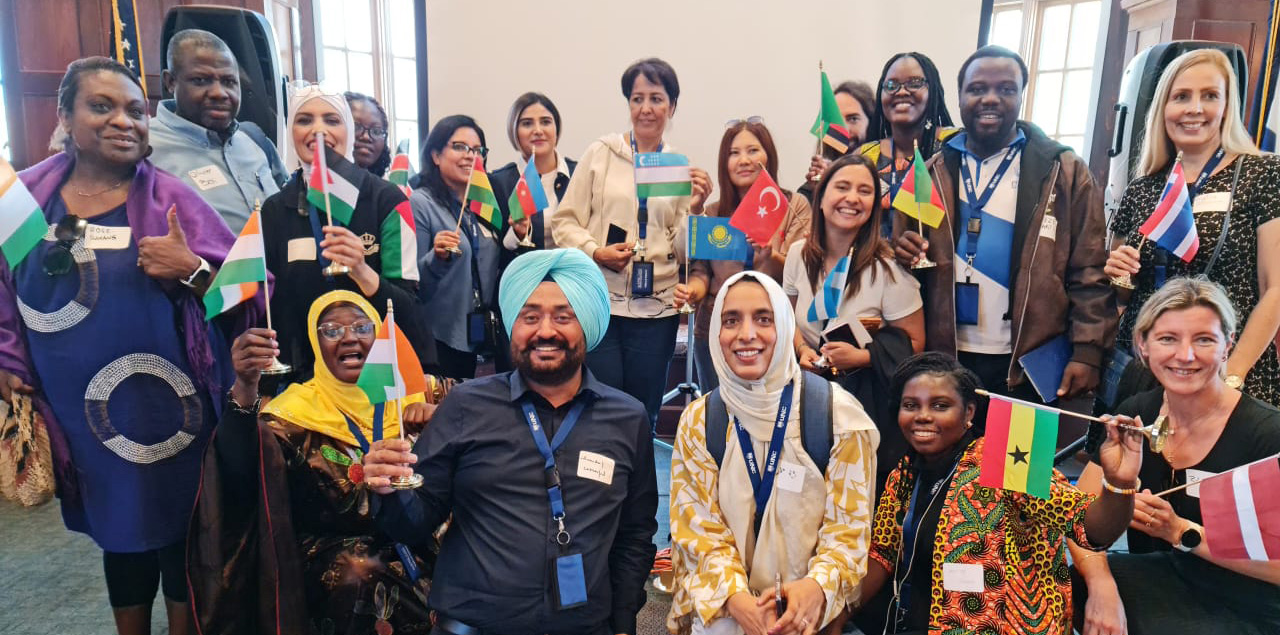
According to the Centers for Disease Control and Prevention, one in four adults in the United States live with some type of disability that impacts major life activities. Challenges with mobility, cognition, hearing, vision, independent living or self-care make it difficult for people with disabilities to access adequate health care, actively participate in their communities and gain employment in the workplace, all of which have a negative effect on their quality of life.
Many experts consider persons with disabilities the most marginalized group in society. It’s not only the largest minority group in the United States, but also one that anyone can join at any time — at birth or as the result of an accident, illness or the natural aging process.
The Americans with Disabilities Act (ADA) was passed 33 years ago this month, on July 26, 1990. Among other things, the law made it illegal to discriminate against individuals with disabilities in all areas of public life, ensuring they have the same rights and opportunities as everyone else. While much progress has been made over the past 30-plus years, many argue it's not enough as people with disabilities remain overrepresented among America’s poor and uneducated. It’s a disparity with far-reaching implications as chances are you either are someone living with a disability or know someone who is.
Emily Shuman, director of the Rocky Mountain ADA Center (RMADAC), said that outcomes for people with disabilities continue to be lower than for those without a disability, particularly in educational attainment, wages and employment. A February 2023 Bureau of Labor Statistics report confirms that across all age groups, persons with a disability were much less likely to be employed than those with no disability and almost twice as likely to be employed only part time. And oftentimes, it’s not the disability that is standing in the way.
“While barriers exist in our world in many forms toward people with disabilities, whether it’s stairs or narrow doorways or lack of testing accommodations in the classroom environment, the biggest barrier for individuals with a disability is stigma. And that’s community-wide in all aspects of life,” said Jill Bezyak, professor and program coordinator of UNC’s Rehabilitation Counseling and Sciences program and principal investigator for the RMADAC.
Recognizing and overcoming that barrier of stigma is the goal of a new research study Bezyak is launching at the end of the month in partnership with the RMADAC. She's hoping her efforts to test newly developed tools designed to mitigate that negative bias toward people with disabilities are successful, providing them with more employment opportunities and ultimately, a better quality of life.
A licensed psychologist with a master’s and doctorate in Rehabilitation Psychology from the University of Wisconsin, Bezyak has been teaching in UNC’s College of Natural and Health Sciences for 15 years. Her program has earned recognition as a top-rated rehabilitation counseling program in the nation for the past 10 years and it’s the only graduate rehabilitation counseling program in Colorado accredited by the Council for Accreditation of Counseling and Related Educational Programs. She also works closely with the RMADAC, a collaboration she started in 2009 as a research consultant before taking over as the center’s principal investigator in 2013.
The RMADAC is one of 10 ADA centers across the country that work together as a national network. They are not enforcement, compliance or advocacy organizations, rather their goal is to provide information, guidance and training on the ADA tailored to the needs of individuals and organizations in their region. As the primary researcher for the center, Bezyak’s research is intentionally aligned with the RMADAC’s priority of addressing implicit bias and attitudinal barriers toward persons with disabilities, particularly in the workforce.
“If an individual with a disability can’t get a job and they are forced to live on social security and food stamps, just barely getting by, their quality of life is greatly reduced,” said Bezyak. “If we know that the biggest barrier standing in the way of someone’s improved quality of life is stigma or bias, we have to address that piece.”
Misperceptions and myths fuel stigma toward persons with disabilities
UNC's Master of Arts in Rehabilitation Counseling provides students with the education and training necessary to help individuals with disabilities and chronic illnesses achieve maximum potential, which includes gaining meaningful employment. As a graduate of and adjunct instructor in the program who has worked with the Colorado Department of Labor and Employment (CDLE) for seven years, Jessica Mathis ‘15 is well-versed in the challenges that exist from both the employer and employee perspective.
In her current role as the program development apprenticeship specialist with CDLE, Mathis works with employers across 1,200 occupations to develop and register apprenticeship programs. Helping employers navigate ADA requirements for their programs is a key component of her work. Prior to that, she was a rehabilitation counselor for CDLE’s Division of Vocational Rehabilitation, helping persons with disabilities navigate the workforce and find meaningful careers. As someone with experience on both sides of the workforce, she has seen first-hand how stigma can influence employment decisions and how education can change minds.
“Usually, those negative perceptions of employers are based on assumptions we’ve all grown up with that get transferred into the workplace,” said Mathis. “When employers hear the word ‘disability’ or an applicant discloses that they have a disability, their minds go to the worst possible scenario.”
Common perceptions are that hiring people with disabilities will slow production or cost a lot of money. There’s also concern that workers with disabilities won’t be able to keep up or that the employer is setting them up to fail in an environment that can't accommodate them. According to Mathis, those perceptions are far from true.
“Actually, people with disabilities tend to be better employees and work harder because they are trying to overcome that public stigma and many times, the accommodations that employers are so afraid of don’t cost anything.”
Research supports Mathis’ claim as a recent report by the Job Accommodation Network indicated that most accommodations (58%) come at zero cost with the rest costing less than $500. Another report by Accenture, in collaboration with Disability: IN and the American Association of People with Disabilities, indicated that companies who employed persons with disabilities saw, on average, 28% higher revenues over a four-year period compared to their counterparts and that employees with disabilities offer benefits that include increased innovation, improved productivity and a better work environment.
When she’s discussing ADA requirements with employers Mathis said she typically begins the conversation helping employers become aware that their assumptions about persons with disabilities are false, providing them with a list of myths and facts and connecting them to different research and resources.
“When I talk with employers, I ask them to put aside everything they’ve ever heard about people with disabilities and to stop thinking about all the things they think they can’t do as an employer,” said Mathis.
“I ask them instead to think about their own employment setting, the opportunities and resources they already have available that can help make a plan for a person with a disability. I also ask them to consider if it was their daughter or son walking into their first job, what opportunities would they want them to have.”
Mathis said that after some education, employers often experience an aha moment and for the most part are thankful for the information and the opportunity to improve.
“Most employers welcome that conversation when it happens with them, not at them,” continued Mathis.
As a rehabilitation counselor, Mathis said she took a similar approach with her clients, asking them to set everything aside that brought them to her office, and instead talk about what their dream job is and why.
“They light up,” said Mathis. “But that excitement is quickly replaced by the thought that no, they can’t do that, that’s not for them. And they go on to list the barriers they’ve faced.”
The barriers her former clients shared are the same ones that she now hears first-hand from employers, false assumptions based on myths, lack of knowledge, inaccurate information and bias.
“Overcoming those barriers so that persons with disabilities have a full spectrum of options — if we can do that, we’re equaling the playing field,” Mathis said. “That’s empowering and it’s why the work I do is so impactful. Evey Coloradan who wants to work should have the opportunity to work. My services help that become a reality.”
Research study to explore new interventions in mitigating bias
Implicit bias is defined by the American Psychological Association as a negative attitude, of which one is not consciously aware, against a specific social group.
“Implicit bias toward persons with disabilities is a problem that has been well documented, and the goal of this type of research is to tell people that it’s out there and it’s a problem. That’s our first step,” said Bezyak. “But what we’re doing now is trying to do something about it. We’re currently missing that link or intervention to not just raise awareness that the bias exists, but to shift that bias – to get people to look another direction.”
In her study, Bezyak is engaging both human resource professionals as well as law enforcement personnel. The latter is a group she has worked with in the past that has requested similar training.
Participants begin with taking a pre-test to measure implicit bias called the Implicit Association Test. For this part of the research Bezyak connected with Project Implicit, a non-profit organization founded in 1998 by scientists from the University of Washington, Harvard University and the University of Virginia, to educate the public about bias. After the pre-test, participants are then asked a handful of questions that measure explicit bias, or the biases people are more aware of.
“The purpose for both of these tests is that if we were to ask someone clear and direct questions about bias, and they know that's what we’re measuring, their answers are typically going to be different than if they don’t know why we’re asking certain questions or what we’re measuring,” said Bezyak. “The comparison of the two tests will allow us to look at that relationship between the bias you might be aware of and the bias you might not be aware of.”
After taking the tests, participants then view an hour-long training that includes techniques to recognize, manage and improve bias, as well as testimonials from persons with disabilities, parents of children with disabilities and law enforcement personnel. Bezyak included the testimonials after receiving feedback from focus groups that it would be most helpful to hear directly from them - about what it’s like to navigate the workplace in a wheelchair or what it’s like to have autism and not be able to communicate effectively.
“The testimonials are powerful,” said Shuman. “It takes the training from a conceptual theoretical place and humanizes it. It illustrates how bias shows up in the real world,” said Shuman.
The training videos are immediately followed by the explicit bias questions again and then three months later with the implicit bias questions. Bezyak said that time frame is important because research shows that implicit bias isn’t going to change in an hour’s time, but three months down the road could yield progress.
“The hope is that we will be able to get people to understand that biases have an impact on the experiences and lives of people with disabilities,” said Shuman. “If we can start to challenge our preconceived notions around disability, that can lead to people with disabilities having better outcomes in terms of employment, education, housing, getting paid, fair wages — all of those things. That will lead to a more inclusive society as a whole.”
Join the research project
Bezyak anticipates launching her study by the end of July. Participation is focused on organizations within the RMADAC’s region, which includes Colorado, Montana, Wyoming, North Dakota, South Dakota and Utah, but the training videos will be made available to the public at the completion of the study on the RMADAC’s website.
For more information or to inquire about being a participant in her research, contact Bezyak directly at jill.bezyak@unco.edu or 970-351-1585.
— written by Deanna Herbert
More Stories
-
Research Explores How Media Can Serve as a Lens for Social Transformation
Este artículo no está en español.
-
Week-Long Celebration to Honor First-Generation College Students
Este artículo no está en español.
-
Addressing Food Insecurity on Campus with Expanded Resources
Respondiendo a la inseguridad alimentaria con más recursos en el campus
-
Bridging Borders: Collaborating with International Educators for Global Exchange
Este artículo no está en español.





